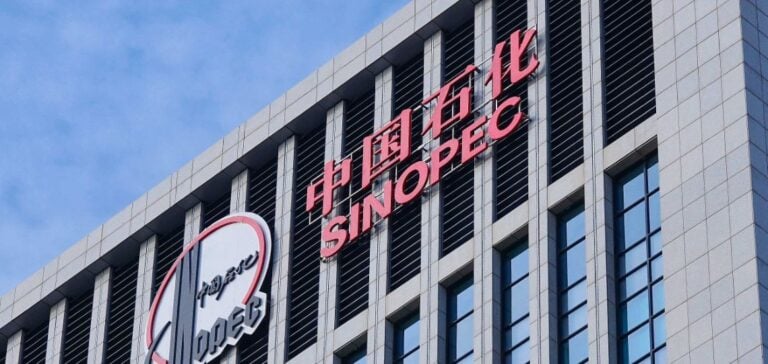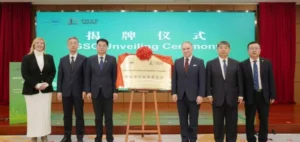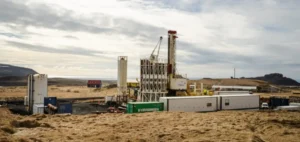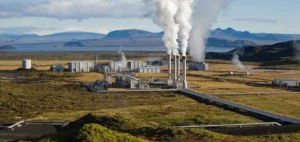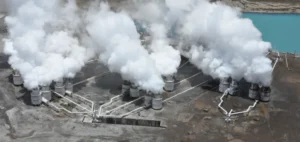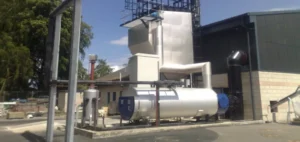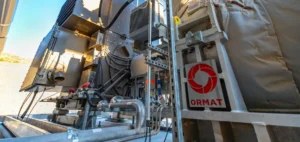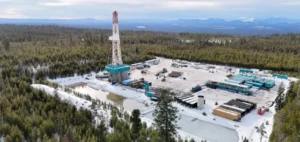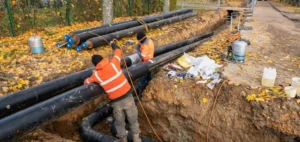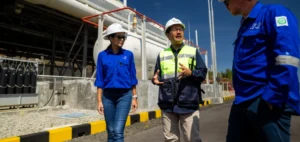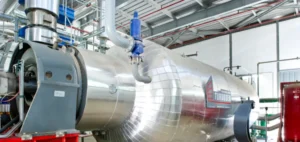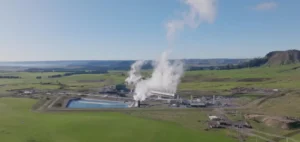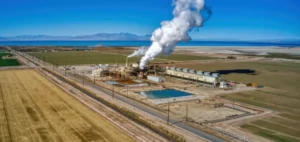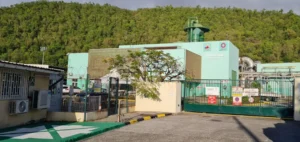Sinopec, through its clean energy subsidiary, Sinopec Star Co., Ltd., has achieved a new milestone by connecting its deep geothermal power generation pilot project to the electric grid in Xianyang, Shaanxi Province. This initiative marks Sinopec’s debut in geothermal electricity production and launches China’s first thermodynamic integration project combining helium and geothermal energy, paving the way for optimized geothermal resource utilization in the country.
The project site is located in the Guanzhong region, known for high-quality geothermal resources, particularly a large, medium-low-temperature sedimentary geothermal field. Sinopec selected a geothermal well at Baoshi Jiayuan, with a depth of 3,000 meters and a wellhead water temperature of 102 degrees Celsius, allowing the company to harness this resource for heating and helium extraction. During the heating season, geothermal water is used to heat an area of 120,000 square meters. In the off-season, the project operates at full capacity, generating 700,000 kWh of electricity annually while extracting helium.
Technology and helium extraction: a strategic challenge
One of the innovative aspects of this project is the extraction of helium, a strategic gas widely used in advanced industries such as aerospace, scientific research, healthcare, and industrial production. China, a major consumer of this resource, has historically depended on imports to meet its helium demand. Sinopec’s geothermal initiative could reduce this dependency by enabling domestic helium extraction from geothermal wells.
Sinopec’s experts have identified high helium concentrations in wells in the Weihe Basin region. Using advanced separation and purification technologies, including membrane separation and pressure-variable adsorption, the company has achieved 99.99% pure helium. These technological advances offer promising prospects for industrial-scale helium production from geothermal water.
A development model for renewable energy in China
As a major player in geothermal energy, Sinopec is actively expanding its project portfolio across the country, with over 100 million square meters of geothermal heating capacity in 72 cities. The success of the pilot project in Xianyang could serve as a model for similar projects in China, particularly in the Xiong’an area, where a geothermal project has been recognized as a global model by the International Renewable Energy Agency (IRENA).
Sinopec’s progress demonstrates a commitment to China’s energy transition, combining renewable energy production with the extraction of strategic resources. The Xianyang project represents a hybrid solution that could strengthen national energy security while meeting China’s growing demand for helium, a vital resource for many industrial sectors.


